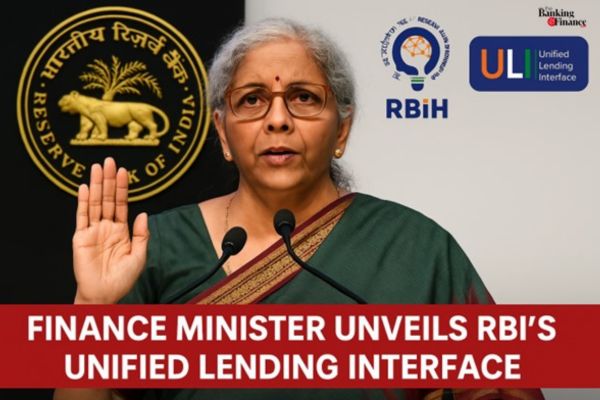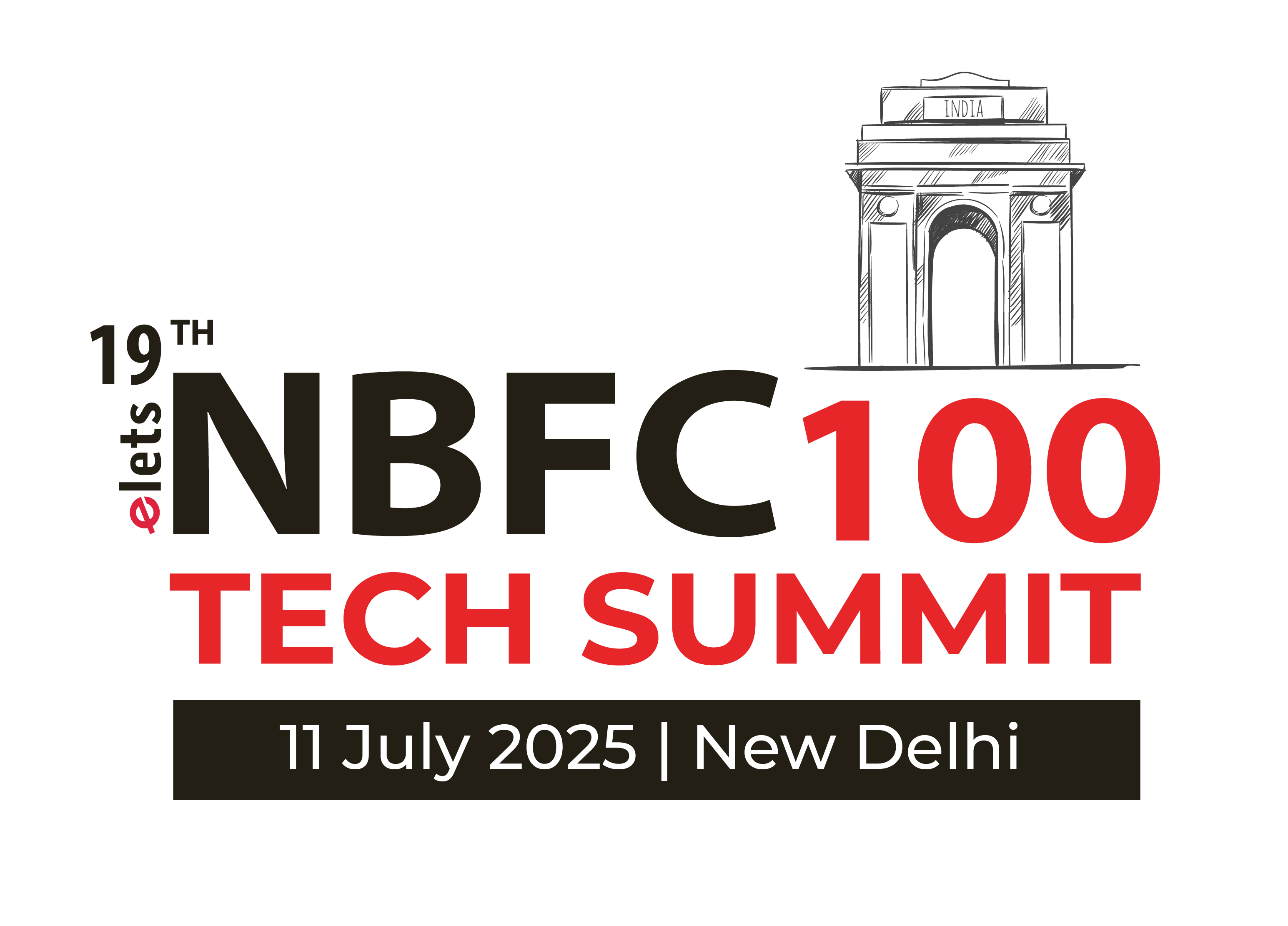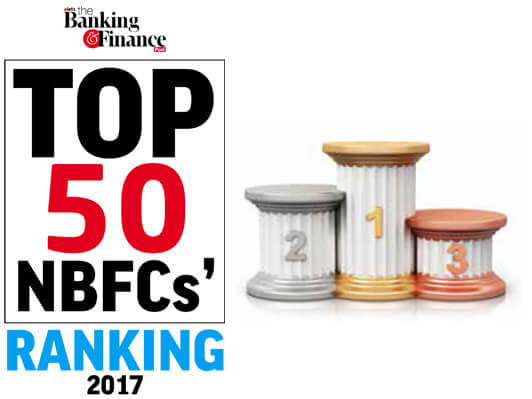The Reserve Bank of India (RBI), in collaboration with the Reserve Bank Innovation Hub (RBIH), has launched the Unified Lending Interface (ULI) — a pioneering digital public infrastructure set to transform India’s lending landscape. Building on the remarkable success of the Unified Payments Interface (UPI), ULI is designed to streamline credit delivery, enhance transparency, and democratize loan access, particularly for underserved segments such as micro, small, and medium enterprises (MSMEs), rural borrowers, tenant farmers, and gig economy workers.
The announcement was formally made during the Digital Payment Awards hosted by the Ministry of Finance in New Delhi, where Hon’ble Union Finance Minister Nirmala Sitharaman highlighted this transformative leap in India’s digital finance ecosystem. “On the lines of UPI, we are now moving towards a Unified Lending Interface (ULI) for digital lending,” she stated, emphasising its potential to replicate UPI’s impact in the credit space by enabling seamless, consent-based lending.
The Finance Minister urged fintechs and financial institutions to leverage ULI’s interoperable, digital-first framework to support the growth of MSMEs and bridge the long-standing credit access gap. As per a 2025 report by the Small Industries Development Bank of India (SIDBI), India’s MSMEs face a credit shortfall of nearly ₹30 lakh crore, posing a major barrier to their growth and sustainability.
With ULI, the RBIH aims to make credit delivery more frictionless, inclusive, and efficient, empowering both borrowers and lenders through real-time data access, digital KYC integration, and alternative credit assessment tools. This initiative marks a pivotal step toward financial inclusion at scale, reinforcing the government’s broader vision of building a resilient, technology-driven financial ecosystem for a billion Indians.
Bridging the Credit Divide
India’s 63 million MSMEs, which serve as the backbone of the economy, have long faced difficulties in securing timely and affordable credit. Despite their contribution to employment and GDP, only 14–16% currently have access to formal financing. This leaves a credit gap of nearly $530 billion, according to industry estimates.
ULI aims to address this structural challenge by creating a seamless, interoperable digital lending ecosystem. Built on open APIs and a consent-based framework, ULI enables borrowers to access a broad network of lenders through a single, unified platform, akin to how UPI disrupted payments.
How ULI Works: Plug-and-Play Digital Architecture for Credit Distribution
ULI functions as a plug-and-play digital architecture, enabling frictionless communication between borrowers, lenders, fintechs, and data providers. By aggregating financial and non-financial data, such as GST filings, bank statements, digital payment records, utility bills, and more, ULI allows for data-driven underwriting, even for borrowers with limited or no credit history.
Lenders gain real-time access to verified data via a consent-layered system, dramatically reducing the time, cost, and complexity involved in loan origination and risk assessment. For MSMEs, especially in Tier II and Tier III regions, this means faster approvals, lower interest rates, and reduced dependence on collateral or conventional credit scores.
Expanding the Financial Inclusion Frontier
One of the standout features of ULI is its deep integration with government-backed digital infrastructure, including Aadhaar, DigiLocker, and GSTN. This integration enables instant e-KYC, documentation verification, and seamless onboarding, thereby minimising bottlenecks in traditional lending processes.
In rural and semi-urban areas, where informal borrowing is rampant, ULI provides a credible alternative by facilitating formal credit access based on alternative creditworthiness indicators, such as digital transaction behaviour, repayment patterns on utility bills, and agricultural produce records.
The platform also holds significant potential for agri-credit and gig workers. Tenant farmers, who often lack land records, and gig workers, who have sporadic income trails, can now leverage their digital footprints to secure loans through verified and structured digital profiles.
What Industry Leaders Are Saying
Financial sector stakeholders have hailed ULI as a much-needed catalyst to unlock India’s credit potential. According to experts, the automation, standardisation, and interoperability introduced by ULI will lead to enhanced credit flow, reduced non-performing assets (NPAs), and improved borrower experience.
“ULI is not just an innovation in credit delivery; it’s a foundational leap in reimagining how financial inclusion is operationalised in India,” said a senior banking executive at a leading private sector bank. “Its modular and scalable structure paves the way for innovation by NBFCs, digital lenders, and fintech platforms alike.”
Also Read: Dugar Finance secures $3M from Symbiotics to expand EV and solar financing
Catalyst for a $5 Trillion Economy
India’s ambitious push towards becoming a $5 trillion economy hinges heavily on the growth of its digital economy and inclusive financial systems. With the digital lending market projected to surpass $400 billion by FY29, ULI is expected to be a cornerstone in enabling that growth.
By aligning with the government’s broader vision of Digital Public Infrastructure (DPI), including initiatives like UPI, Account Aggregators, and the JAM trinity (Jan Dhan, Aadhaar, Mobile), ULI promises to create a cohesive, scalable, and resilient financial ecosystem.
Looking Ahead
As ULI rolls out nationwide, the coming months will be crucial for stakeholder alignment, infrastructure onboarding, and ecosystem readiness. For fintechs and lenders alike, it’s a once-in-a-decade opportunity to reimagine credit for a billion Indians.
Elets The Banking and Finance Post Magazine has carved out a niche for itself in the crowded market with exclusive & unique content. Get in-depth insights on trend-setting innovations & transformation in the BFSI sector. Best offers for Print + Digital issues! Subscribe here➔ www.eletsonline.com/subscription/




















